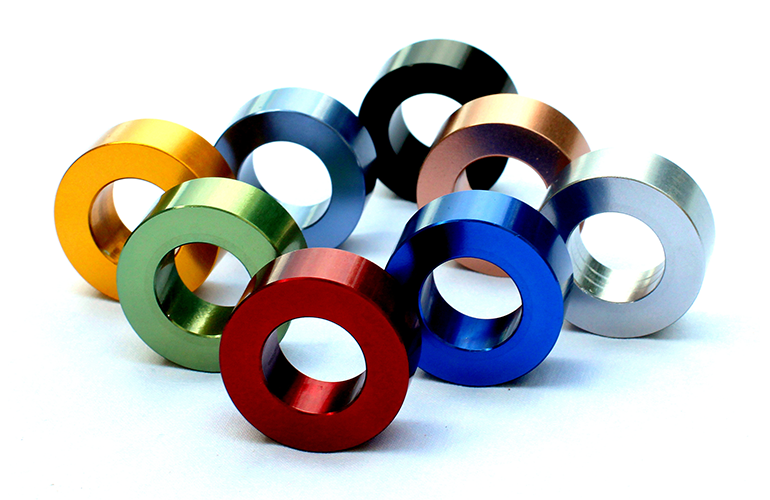Regular Anodizing
In anodizing, DC electricity converts the aluminum metal on the surface of the part to non-conductive aluminum oxide; simultaneously the acid in the electrolyte is dissolving the coating. The process is thus self-limiting -- because the oxide impedes current flow and when it reaches a certain thickness the current flow cannot build a coating any faster than the acid dissolves it.
Hard anodizing involves a higher voltage rectifier and lower temperatures (of about 28 °F rather than 68 °F) which allows more current to flow for a heavier build, while reducing the acid attack on the coating.



